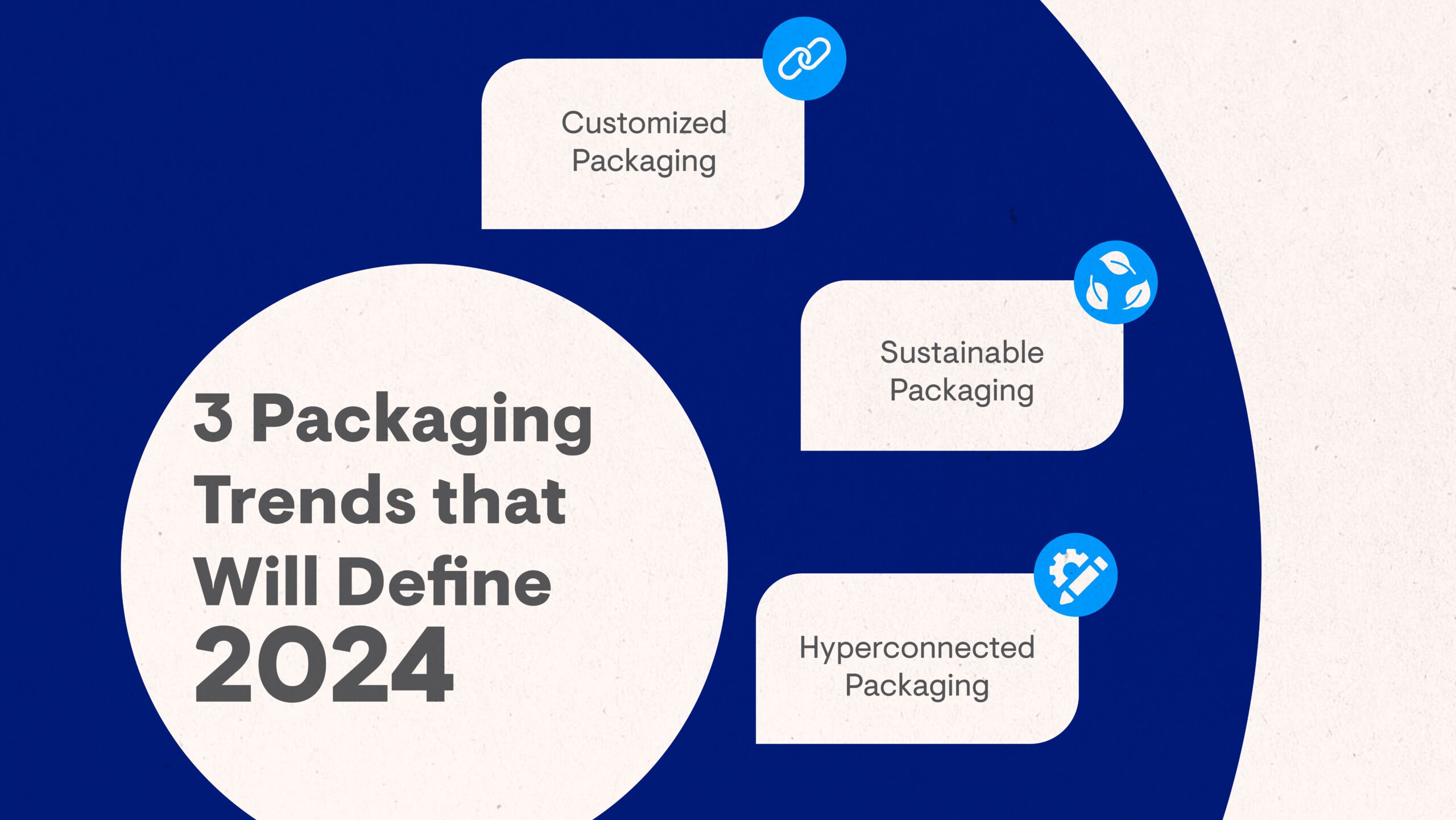3 Packaging Trends That Will Define 2024


Packaging and presentation of liquors and spirits are decisive factors that influence purchasing decisions. Therefore, staying informed about current trends ensures that packaging aligns with consumer aesthetic and functional preferences, significantly enhancing the product’s perception.
In the specific context of liquors and spirits, packaging design trends for 2024 are particularly relevant. This year marks a crucial period in the evolution of these products’ presentation, as new currents are shaping the industry, from the growing importance of sustainability to the digital revolution transforming design. In this dynamic scenario, current trends play a fundamental role in shaping how liquors and spirits are presented and perceived in the market.
In this article, we will explore some of the trends that will shape the direction in the design of packaging for spirits, and how these trends are redefining the consumer experience and transforming the industry.
Customized Packaging
There is a new focus on individuality and self-expression, and consumers increasingly want products, services, and experiences tailored to their individual attributes, interests, and goals. Studies indicate that over half of global consumers want products and services specially tailored to them. The desire for individuality is not new but has become more achievable thanks to technological innovations and digital engagement.
Customized packaging and limited editions are gaining popularity among spirits brands. These packages become true collectibles, featuring thematic details or allusions to movies and celebrities from the sports or music world, adding additional value and creating an emotional connection between the consumer and the brand.
Customized packaging and interactive design can create unique and personalized consumer experiences and drive brand loyalty. Consumers also appreciate products targeted at specific consumer groups. Emphasizing ingredients or functionalities that specifically benefit a target demographic is essential for adding differentiation and credibility.
Sustainable Packaging
Awareness of environmental issues stemming from consumerism has led to seeking alternatives with sustainable materials for packaging manufacturing. One of the most effective strategies is the use of biodegradable, recyclable, or compostable materials in packaging manufacturing.
Consumers today want to support brands that align with their values and lifestyles, with a constant demand for environmentally and socially responsible products. Consumer packaged goods with an ESG (Environmental, Social, and Governance) statement printed on the packaging generated higher sales between 2018 and 2022 than products without a statement, according to a joint study by McKinsey and NielsenIQ. The demand for sustainable packaging is higher than ever, including containers made from recycled or recyclable materials, refill and reuse models, and solutions with reduced carbon footprint. estudio conjunto de McKinsey y NielsenIQ. La demanda de envases sostenibles es más alta que nunca, incluidos contenedores fabricados con materiales reciclados o reciclables, modelos de recarga y reutilización, y soluciones con huella de carbono reducida.
Spirits brands can stand out and differentiate themselves by using sustainable strategies in their production. These strategies include using cardboard for folding cartons, recycled paper in labels, plant fibers in synthetic corks, and a percentage of recycled glass in bottle manufacturing. These practices not only demonstrate the brands’ commitment to sustainability but also highlight their focus on environmental protection and responsible resource use. Such implementations will be increasingly valued by environmentally conscious consumers.
Hyperconnected Packaging
Hyperconnected packaging utilizes sensor technology and connectivity to provide real-time information about the product and its environment. These packages can be used to track the supply chain, monitor products, and even provide nutritional information.
Smart packaging, thanks to accompanying technology such as QR codes, sensor microchips, or image recognition, offers consumers a different experience. Some economic reports indicate that over half of global consumers (55%) actively seek smartphone connectivity when making purchases, and 42% are always or frequently influenced by a product or service’s digital advancement.
A quick phone scan redirects buyers to a brand’s website to view product tutorials, search for products, read reviews, discover information about ingredients, learn about a company’s social or environmental initiatives, and more. These packaging solutions help consumers save time and money, select the right products for their needs, ensure product quality and safety, and create unique user experiences.
It is essential to highlight that the packaging of a spirit is fundamental to the consumer’s perception of the product. The selection of materials and finishes for the design of each component is a strategic decision that should reflect the goals and values of each company. Our secret formula lies in the ability to merge aesthetics and functionality in harmony. Get more information about our services at www.bpsglass.com and contact us today to discover how we can take your product to the next level.


